The Origin PC BlackWidow Chroma Mechanical Keyboard Review
by E. Fylladitakis on August 6, 2015 8:00 AM EST- Posted in
- Peripherals
- Keyboard
- Origin PC
- Razer
- Mechanical Keyboards
The ORIGIN PC BlackWidow Chroma Mechanical Gaming Keyboard
There are very few physical differences between the ORIGIN PC BlackWidow Chroma and the Razer BlackWidow Ultimate that we reviewed over a year ago. The only discernable difference is the color of the metallic support plate beneath the keys, which has been changed from green to white. Also, the only difference between the ORIGIN PC and the Razer version of the BlackWidow Chroma is the illuminated logo at the front of the keyboard, with each company using their own. Other than the different logo, both keyboards are identical in every respect.
Externally, the BlackWidow Chroma looks like a typical plastic keyboard with five macro keys installed on its left side. The top cover is sprayed with a fingerprint-resistance matte black paint that feels and performs admirably. There is no actual wrist rest and the slightly elongated plastic body of the keyboard does not really help in that fashion. There are no dedicated multimedia or special function keys on the BlackWidow Chroma. Advanced functions can be accessed by holding the FN button pressed and then pressing one of the function keys. For example FN + F11 lowers and FN + F12 increases the intensity of the backlighting respectively.
A USB port and headphone jacks can be found at the right side of the keyboard. With the exception of the thick braided cable exiting the chassis, there is nothing of particular interest on the back side of the BlackWidow Chroma. The thick cable ends to two USB connectors and two 3.5 mm jacks. Only one USB connector is required for the keyboard itself to operate. The second USB connector powers the pass-through USB port and, obviously, the two 3.5 mm jacks are also acting as pass-through connectors for the headphone jacks on the keyboard.
The keycaps are printed with large, futuristic characters. No extra keycaps are provided, with Razer using standard cylindrical keycaps. They appear to be made of transparent or semi-transparent plastic that has been painted afterwards. The smaller keys are very firm and robust, but the large keys wobble a little, even though the required actuation force feels uniform across the length of the key. This is greatly due to the use of stabilizer bars for the large keys, which do even the force but do little to prevent the keys from wobbling.
Beneath the keycaps, we found the Razer Green mechanical switches. Technically, Razer does not make switches of their own and these are products of Kaihua Electronics (also known as Kailh), the logo of which is printed on the keys. We had a thorough examination of Razer’s switches in our review of the BlackWidow Ultimate. For those that do not wish to delve into the details, it would suffice to say that Razer’s Green switches are practically identical to the Blue clicky tactile switch of either Cherry or Kailh.
Unlike the Cherry MX approach that has the body of the switch being transparent to help distributing the lighting evenly around the key, Kailh is using old-fashioned "globe" LEDs at the top center of the switch. As such, the color projection is a lot stronger at the top half of the switch. This is not easily discernable if the entire keyboard is set to one color, but it becomes apparent if multiple colors are in use. In the extreme example of the picture below, the "R" and "Y" keys project their color on the F row while the lighting of adjacent keys is saturating the color on their sides and bottom. The "B" key is red but the lighting around it is partially purple and orange, affected by the adjacent violet and yellow keys. Within the areas that there is a single color for all keys, the lighting is uniform.
The removal of the plastic covers reveals the metallic support plate and the main PCB of the keyboard. We strongly recommend against the removal of the covers by any user, not only there is no reason for anybody but very experienced modders to remove the plastic covers, but also because the top plastic cover is made out of very brittle plastic and that is very easy to break if bent even a slightly bit. The assembly quality of the BlackWidow Chroma appears excellent, with the soldering job much improved since the last time we had a look at a BlackWidow keyboard.
A NXP LCP11U24F 32 bit 50 MHz ARM Cortex M0 microcontroller is the main processor of the BlackWidow Chroma and four P3917 3731 LED microcontrollers are responsible for the LED lighting. While this chip is not lacking the processing power of the chips many competitors are currently using, it has very limited memory, equal to the amounts we are used to seeing in non-programmable (let alone RGB) keyboards. Nevertheless, for Razer to choose this particular microcontroller, it means that it should handle all tasks efficiently.


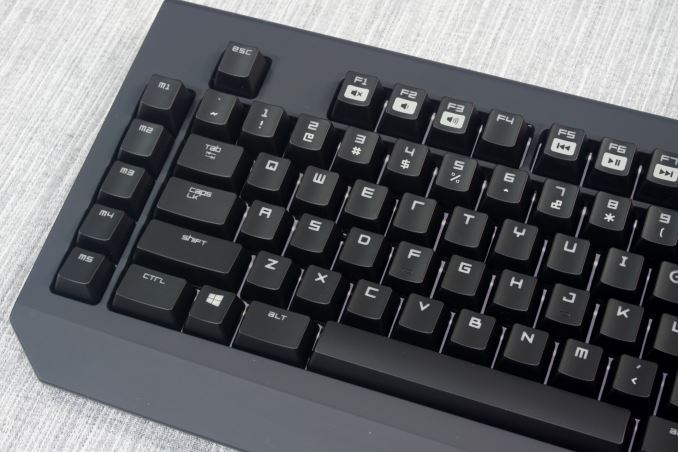
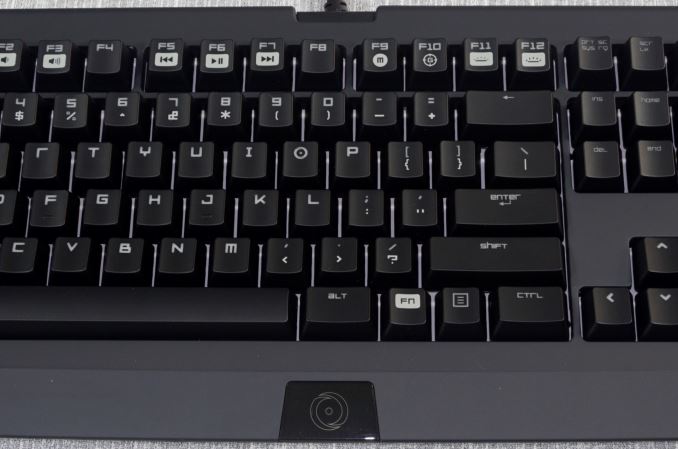
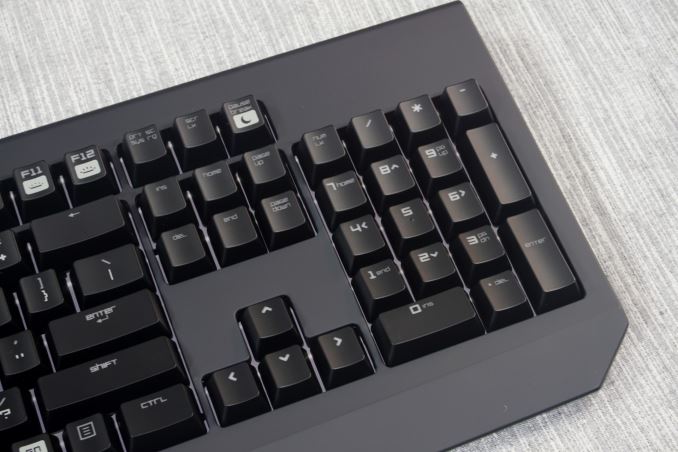
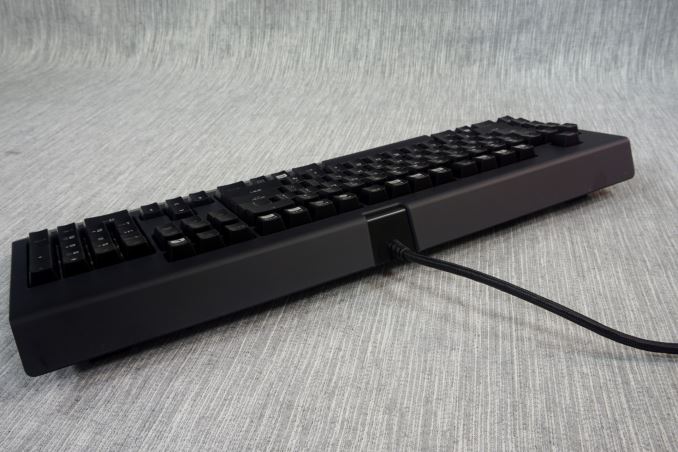
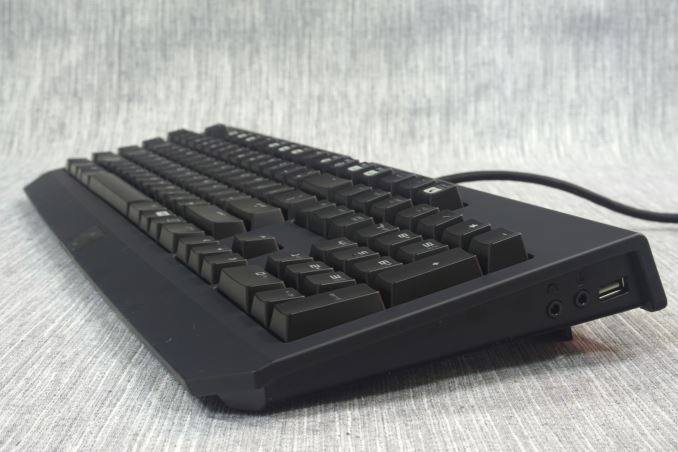
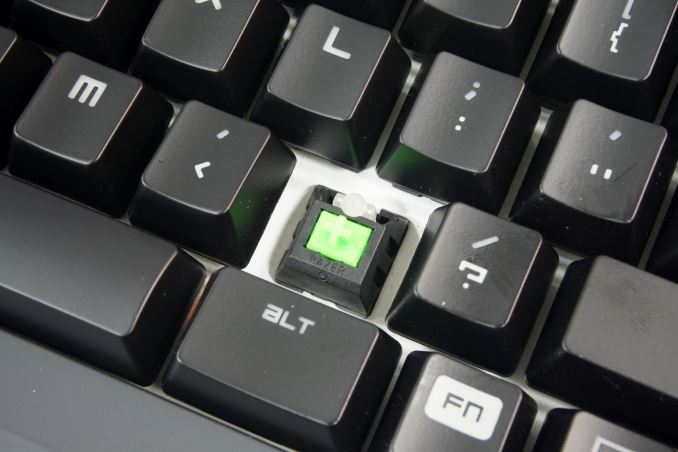
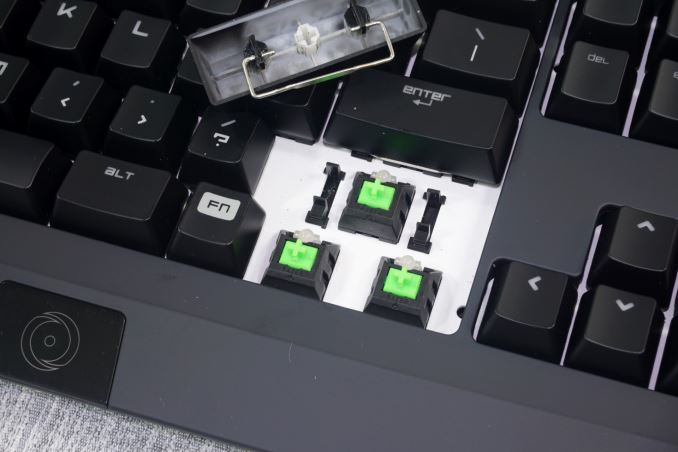
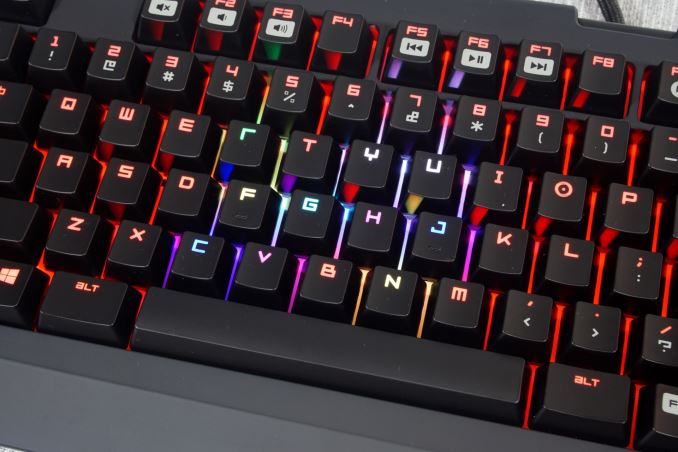

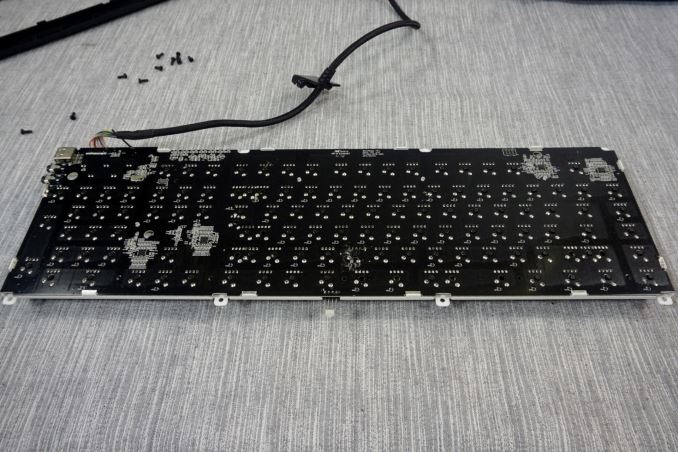
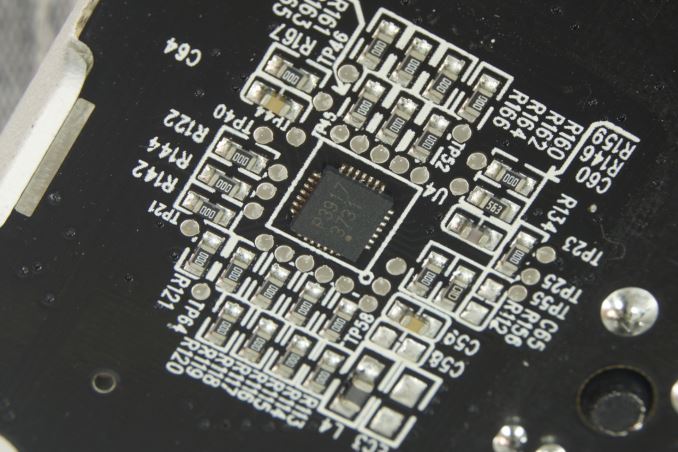








44 Comments
View All Comments
Stuka87 - Friday, August 7, 2015 - link
I personally do not like the really weird shape of the keys. If you don't like this one (I would read their full review from like 1-2 years ago, this one was very short) then I would suggest going with corsairs. Its also a very good keyboard.VeauX - Friday, August 7, 2015 - link
I've tested it, I didn't like the keycaps and the armrest. I then bought a G710+ which I'm very happy with. Cherry brown with a damper for sound. The leds are white which I like though.griffonknight - Friday, August 7, 2015 - link
I have to disagree with the previous to responses. I have a G910 and have to say it's the best keyboard I've ever used. But then I like the unique keycaps and hate clicky switches. I also think the lighting solution is the best out of the ones I've tested. I agree that the armrest is pointless though, but it doesn't get in my way. Your mileage may vary.d4nt3 - Monday, October 19, 2015 - link
I borrowed a friend's keyboard when I was also scouting for a new keyboard and used it for 3 weeks. Coming from Cherry Reds and Blues, Logitech's Romer-G switch feels different, almost mushy but only when I bottom out, otherwise they're pretty springy and give an overall good typing experience. The in-curve shape of the key tops that's supposed to cradle the natural contour of our fingertips takes some getting used to, which in my case, is about a week. I did notice that I did experience some tingling sensation at the end of my fingertips if I mis-hit a lot of keys during a long typing sessions. This doesn't happen during gaming when my fingers normally sits on top of the home keys.If you do a lot of FPS gaming and a WASD advocate then you'll love what Logitech did in the G910 where the WASD simply pops. But I prefer ESDF myself and this is a minor annoyance for me. Still, I think the backlighting is its most amazing feature. Light shines through the centre of the key and very little escapes to the sides. This gives the effect of the letters floating when viewed in the dark. The light also has enough intensity that it's still visible even in bright surroundings. In my opinion, its the best lighting that I've seen. While the Razer Chroma is more 'in your face' in terms of it's color intensity, the G910 has a subtle elegance about it.
In the end I opted for a different brand, but this is in no way a ding on this product. I just preferred my keyboard to have that clicky sound and the G910 is simply too quiet for me.